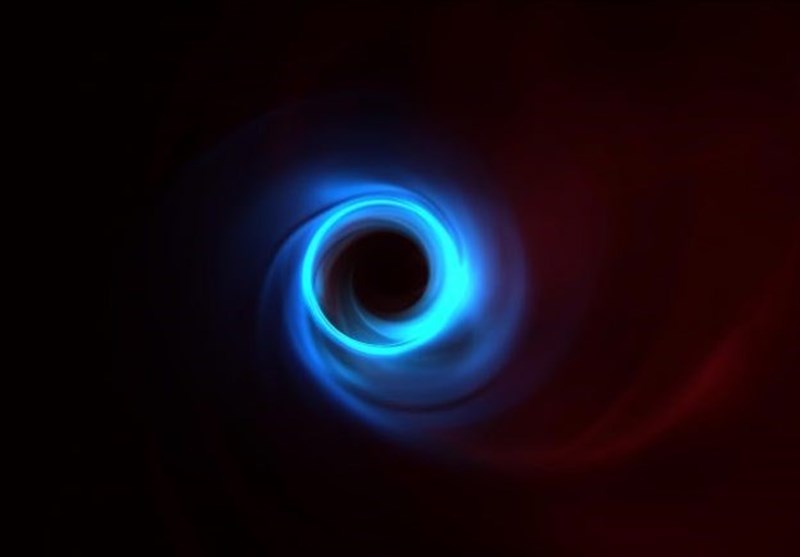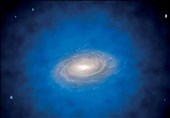First Black Hole Ever Discovered Is More Massive than Thought
TEHRAN (Tasnim) – A new study on the first black hole ever detected has proved our understanding of it to be wrong after half a decade. The new information reveals that the scientists may have been off with their estimates by as much as 50 percent.
A new research published in the journal Science uses radio astrometry to refine the distance to the black hole Cygnus X-1, the first black hole to be discovered in 1964. With the refined measurements, the scientists now propose a whole new black hole mass for Cygnus X-1 - 21.2 ± 2.2 solar masses.
This makes the black hole around 50 percent more massive than what the researchers and scientists previously believed it to be. For a reference, that is 21 times our sun's mass.
Cygnus X-1 was discovered through a pair of Geiger counters sent to space on a sub-orbital rocket. It is one of the closest black holes to Earth. There is, however, another reason for its fame on Earth.
There was a famous scientific wager in 1974 between physicists Stephen Hawking and Kip Thorne. In it, Hawking bet that it was not a black hole. Hawking conceded the bet in 1990 after observational data backed its existence.
Even though the existence was confirmed, scientists have been way off on its estimates for long, as the new study suggests. The credit for correcting this wrong goes to an international team of astronomers that used the Very Long Baseline Array. VLBA is a continent-sized radio telescope made up of 10 dishes spread across the United States, and helps measure distances in space.
“If we can view the same object from different locations, we can calculate its distance away from us by measuring how far the object appears to move relative to the background,” said lead researcher, Professor James Miller-Jones from Curtin University and the International Centre for Radio Astronomy Research (ICRAR).
“If you hold your finger out in front of your eyes and view it with one eye at a time, you’ll notice your finger appears to jump from one spot to another. It’s exactly the same principle.”
“This method and our new measurements show the system is further away than previously thought, with a black hole that’s significantly more massive,” he concludes.






